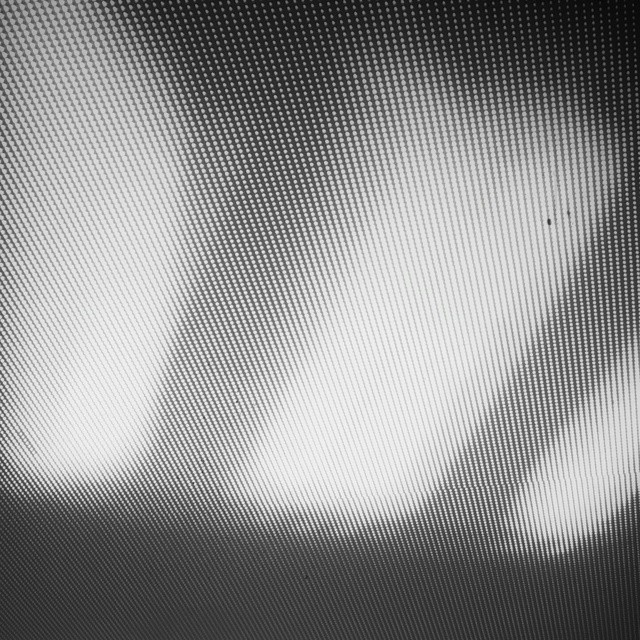
Three weeks ago I finished writing of my dissertation. It took me 2 weeks for the editing. I was prepared thanks to the research paper I wrote last year about tangible interfaces.But, even so, it was the longest document I have ever written [or edited], for a total of 160 raw pages. I’ll support my dissertation next Tuesday. Even if I don’t have the results yet I think that I may be able to judge my own work.
I managed to stick to my timetable. I planned everything since December. I think that it was well timed since my research phase was efficient and I wasn’t stuck in articles and references to consult. It’s the danger when you become to enthusiastic about a subject you like. It’s more difficult when it’s a modern and debatable subject when theories and point of views vary every day. Now it’s time to prepare for my diploma’s project.




